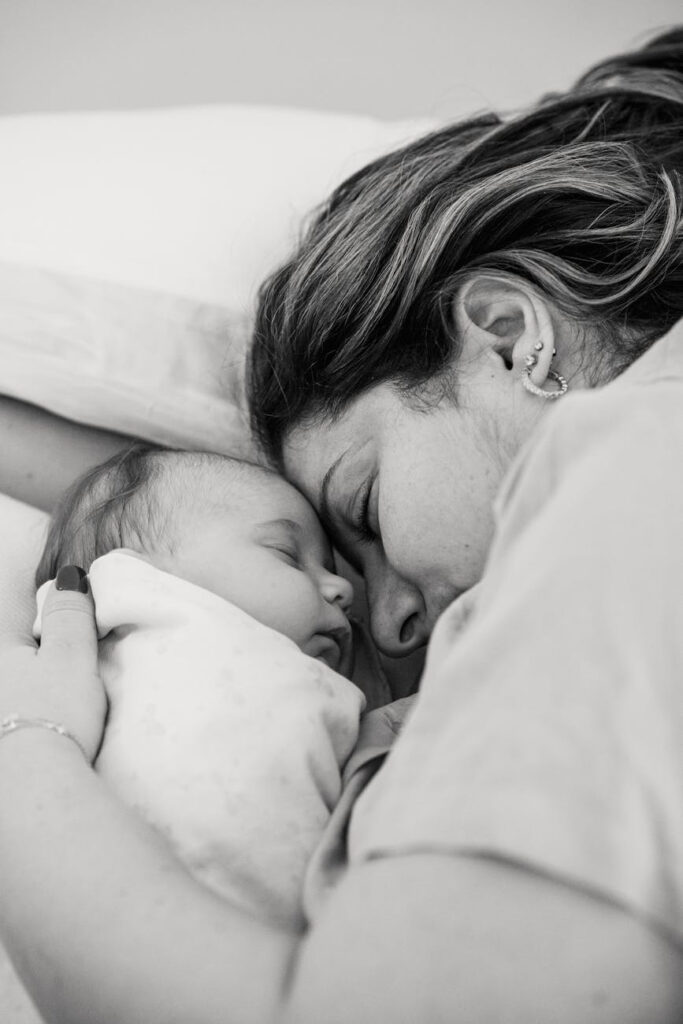Choosing the right TOG rating for your baby’s sleep sack can seem confusing, but it’s essential for ensuring your baby sleeps comfortably all night. The higher the TOG value, the warmer the sleep sack will keep your baby. If your baby’s room is cool, you will need a higher TOG rating to keep them warm. Conversely, a lower TOG rating is better for warmer rooms.
It’s also important to consider the nursery’s ambient temperature when selecting a sleep sack. For instance, a 1.0 TOG sleep sack is typically ideal for room temperatures between 68 and 72 degrees. Adjust the layers of clothing your baby wears underneath the sleep sack based on this recommendation.
If you are looking to buy sleep sacks online, explore various options that cater to different TOG ratings. These can provide the perfect sleep environment for your baby, adapting as the weather changes to ensure they stay comfortable year-round.
Understanding TOG Ratings
TOG ratings help parents ensure their baby’s sleepwear provides the right amount of warmth for various room temperatures. The subsections explain how to read TOG values, their importance for safety, and the best choices for different seasons.

Decoding the TOG Value
The TOG value stands for Thermal Overall Grade. It measures how well a fabric insulates and keeps warmth. A higher TOG rating means more insulation, making the sleep sack warmer.
Here’s a simple guide:
- 0.5 TOG: Very lightweight, good for hot temperatures.
- 1.0 TOG: Moderate warmth, suitable for mild climates.
- 2.5 TOG: Warmer for cooler nights.
- 3.5 TOG: Heavy insulation, ideal for cold weather.
This rating helps you match the sleep sack to your room temperature to keep your baby comfortable.
The Importance of the Right TOG for Safety
Choosing the right TOG rating is important for your baby’s safety. Overheating is a risk factor for Sudden Infant Death Syndrome (SIDS). Using a TOG rating that’s too high can cause your baby to overheat, while one that’s too low can leave them too cold.
It’s important to monitor the room temperature and adjust the sleep sack accordingly. For instance:
- 0.5 to 1.0 TOG for room temperatures of 75°F (24°C) or higher
- 1.0 to 2.5 TOG for temperatures between 68°F (20°C) and 75°F (24°C)
- 2.5 to 3.5 TOG for temperatures between 61°F (16°C) and 68°F (20°C)
These ranges help ensure your baby remains at a safe and comfortable temperature through the night.
Choosing TOG Ratings for Different Seasons
Different seasons call for different TOG ratings to keep your baby comfortable and safe. During the summer, you might use:
- 0.5 TOG sleep sacks for hot nights when the room temperature stays above 75°F (24°C).
In contrast, winter nights require more insulation. For colder weather:
- 2.5 to 3.5 TOG sleep sacks work well for room temperatures between 61°F (16°C) and 68°F (20°C).
For spring and fall, a 1.0 to 2.5 TOG sleep sack often provides the right balance of warmth. Adjusting the TOG rating based on the season and room temperature helps you create a safe and cozy sleeping environment for your baby.
Selecting the Perfect Baby Sleep Sack
Choosing the right baby sleep sack involves considering the fabric, the correct size, and additional sleepwear, along with the room environment. These factors ensure your baby sleeps comfortably and safely.
Fabrics and Materials
The fabric of a sleep sack is important for your baby’s comfort and safety. Cotton and organic cotton are popular choices because they are soft, breathable, and gentle on the baby’s skin. Cotton is especially good for maintaining proper temperature and preventing overheating. For colder months, consider materials like fleece or wool, which provide extra warmth.
Another important feature is the zipper design. It is best to choose sleep sacks with zippers that are easy to use for late-night changes. Some designs feature two-way zippers, which are convenient for quick diaper changes without removing the entire sack. Breathability is another key factor to keep in mind when selecting materials for sleep sacks, ensuring your baby remains comfortable throughout the night.
Appropriate Sizing and Fit
Selecting the right size for a sleep sack is necessary for your baby’s safety. Sleep sacks come in various sizes to fit newborns to toddlers. Always check the manufacturer’s size chart and consider your baby’s current weight and length. A sleep sack that is too large can pose a safety risk, and one that is too small can be uncomfortable.
To ensure a proper fit, the sleep sack should be snug around the neck and armholes but loose enough to allow for leg movement. This fit prevents the sack from sliding over the baby’s face and provides enough space for your baby to move his or her legs freely.
The best practice is to frequently reassess your baby’s growth and adjust the size of the sleepwear accordingly.
Additional Sleepwear and Room Environment
The sleep sack should be just one layer of your baby’s sleepwear. Depending on the nursery temperature, you might need to add or remove layers. For warmer rooms, you may dress your baby in a light onesie underneath the sleep sack. For cooler environments, consider adding layers such as pajamas or an extra onesie.
Keep the room temperature in mind. The ideal nursery temperature is between 68°F and 72°F. Adjust your thermostat and use a room monitor to maintain a safe and consistent environment. By combining the right layers and room conditions, you can create a cozy and secure sleep setting for your baby.
Conclusion
When choosing the right TOG rating for baby sleeping sacks, consider the room temperature and your baby’s comfort. Use lighter TOG ratings for warmer rooms and heavier ratings for colder environments. Always layer appropriately to avoid overheating or excessive cold.
By following these guidelines, you can ensure your baby sleeps safely and comfortably through the night.



